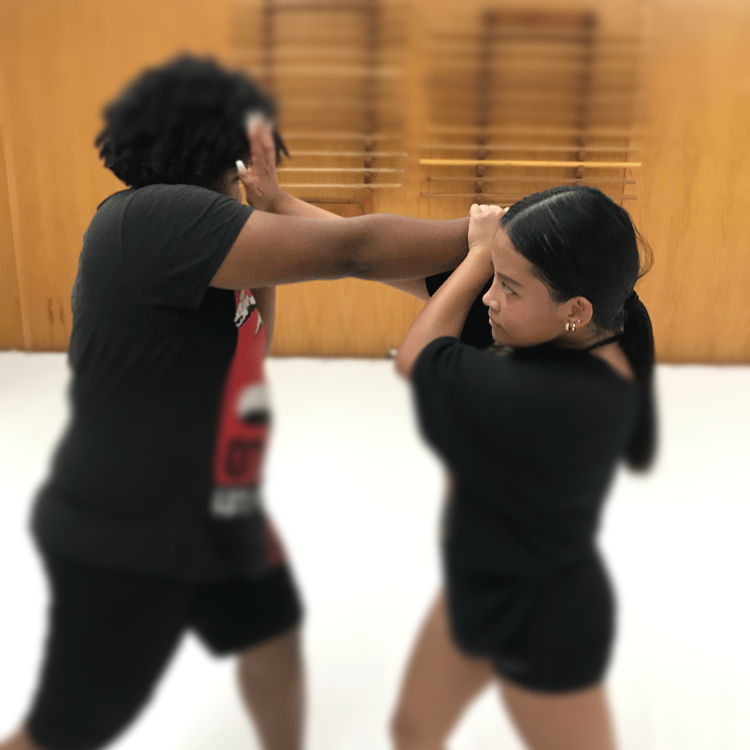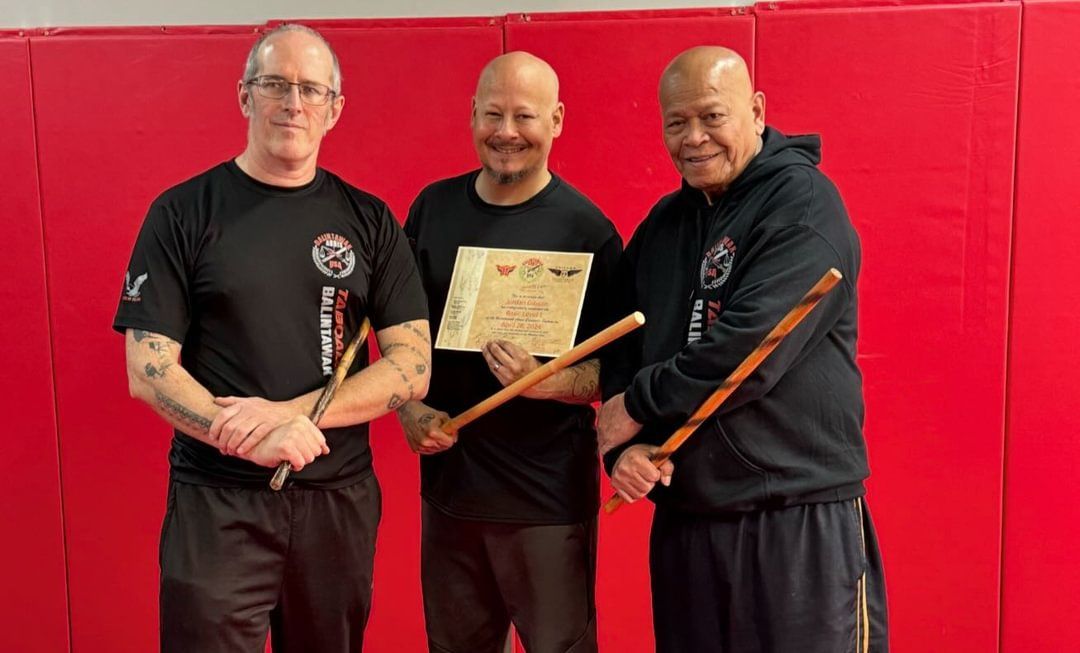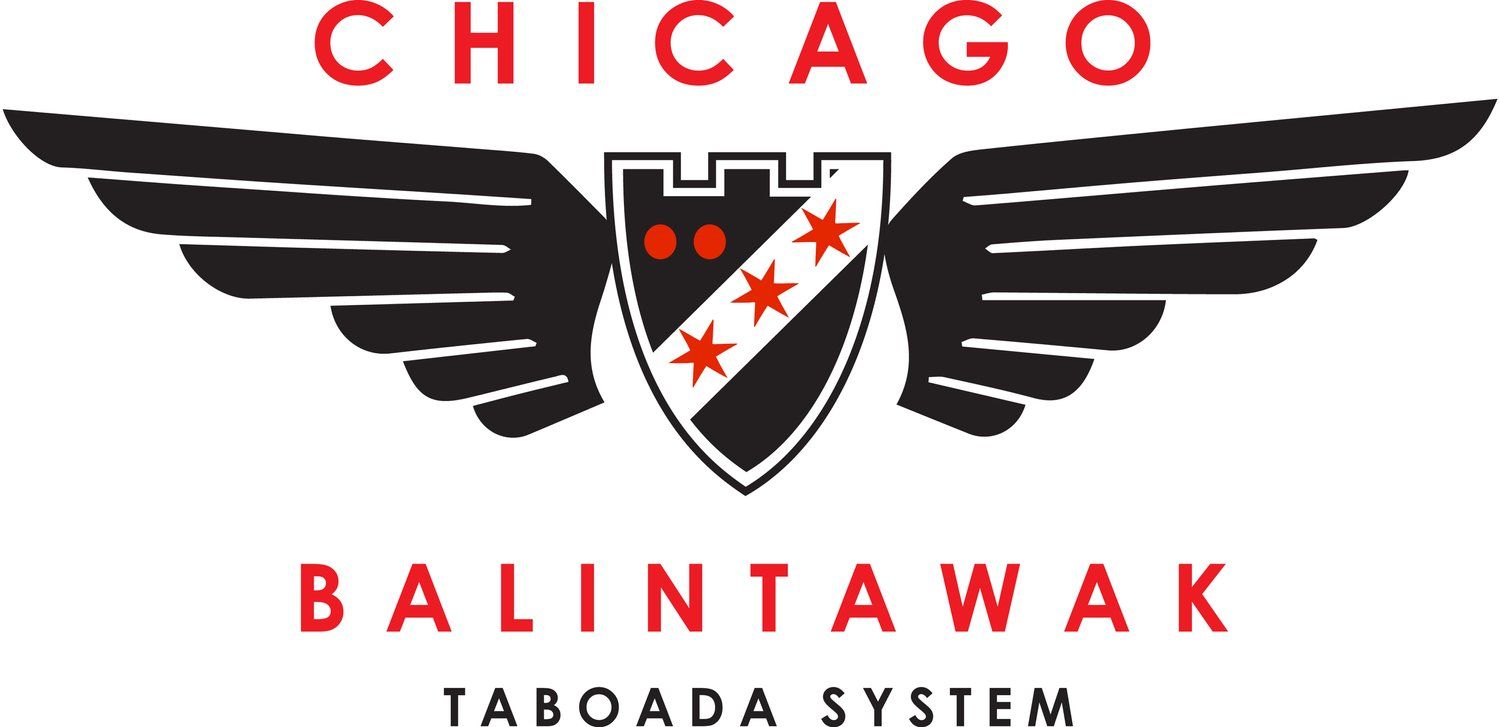How Filipino Martial Arts Makes You a Better Problem Solver
Sharpen your body. Sharpen your mind.
#MentalEdge #StrategicThinking

It’s more than learning to defend yourself. It’s training your body and mind to process chaos, spot patterns, and make better decisions — fast.
From Physical Tools to Mental Playbooks
When I first started training Balintawak, it was all about building the physical toolkit: strikes, blocks, footwork. But even early on, I realized this wasn’t just about movement — it was sharpening my awareness.
The real magic starts when you hit the Cuentada phase — “counter-to-counter” training. At first, you’re just trying to keep up. They swing, you respond. But then it clicks:
If they do X, and I respond with Y, then their likely next moves are A, B, C, or D.
It becomes a real-time chess match. You’re not just reacting — you’re predicting, testing, adapting. You try a counter just to see how they respond. You’re running simulations with your body. And that starts bleeding into the way you approach work, relationships, and problem-solving in life.
You Learn How to Breathe Under Pressure
One of the most powerful things I’ve picked up from training isn’t a technique — it’s learning how to breathe when things get intense.
Whether it’s sparring or getting hit with a problem at work, the instinct is the same — tension, panic, freeze. But FMA teaches you to keep moving, stay calm, and breathe through it. That moment of breath gives you the space to reassess and choose the next move, instead of just reacting blindly.
And let’s be real — that’s invaluable when you’re dealing with deadlines, conflict, or life's curve balls. You take the hit, breathe through it, and keep moving. The fight keeps going.
Problem-Solving Is a Physical Skill Too
What most people don’t realize is that problem-solving isn’t just a brain activity. It’s physical too.
Every time I train, I sweat, learn something new, and play through real-time puzzles with another person. There’s that short-term dopamine hit of getting something right, but also the long-term serotonin release of consistent movement, connection, and self-assuredness that comes from consistent work. It’s self-care that sharpens your edge.
The bonus? When I go back to my desk, I’m clearer. The stuff that seemed overwhelming before class usually gets handled way faster and what had been a block isn't anymore.
One Step at a Time. One Move at a Time.
FMA also trained something I didn’t expect: patience. You can’t skip steps. You can’t hit the next strike until the current one is set up right. That lesson started carrying over to every complex project I tackled — personal, professional, emotional.
You break it down.
You finish the move you’re in.
Then you go to the next one.
It also teaches when to back off, when to sidestep, and when to commit fully. You start seeing the tools you’ve got — not just sticks, but communication skills, habits, patterns — and using them more intentionally.
The Bigger Picture: Pattern Recognition
Over time, you stop seeing every situation as random chaos. You start seeing patterns. Even in the craziest moments — whether it’s sparring or handling a crisis at work — you recognize familiar rhythms, familiar openings. It’s like your nervous system is trained to simplify the complexity.
And once you see the pattern, the solution is usually just one or two moves away.
Final Thoughts
If you’re like me — a high-achiever who got tired of static careers and abstract rewards — you might find something deeper in Filipino Martial Arts. Not just physical mastery, but mental clarity. Not just fighting, but problem-solving under pressure.
Balintawak isn’t just about defending yourself. It’s about upgrading how you see, think, and move through the world.
And honestly? That’s the kind of training that actually makes a difference.
Want to experience this for yourself?
Come train at Chicago Balintawak. Your first class is free.
Let’s see what kind of moves — and mindset — you can unlock.
#MentalEdge #StrategicThinking #Balintawak #FilipinoMartialArts #ProblemSolving #MartialMindset #TrainTactical #ChicagoMartialArts #BreatheThroughIt #MoveWithPurpose



